Be it NAFTA or United States-Mexico Trade Agreement, the markets global markets cheer the conclusion of the bilateral deal. DOW ended up 1.01% at 26049.54. S&P 500 and NASDAQ extended record runs, gained 0.77% to 2896.74 and 0.91% to 8017.909 respectively. Asian markets are also generally higher. At the time of writing, Nikkei is up 0.38%, Singapore Strait Times is up 1.06%, Hong Kong HSI is up 0.22%. But China Shanghai SSE is flat only.
The most notable breakthrough in the US-Mexico negotiation is Trump’s concession on the so called “sunset clause”. In the original NAFTA re-negotiation, the US demanded that the agreement would automatically terminate every five years unless all the countries agreed to continue. This has been one of the show stoppers all the way . But now, US Trade Representative Robert Lighthizer, said both countries agreed to review the trade deal every six years. If problems cannot be resolved, the agreement can be terminated 10 a decade after the review. If one of the parties refuses to renew, a yearly review would take effect to address the issues.
The move showed that the Trump is backing down from his hard line stance, for business pressures ahead of election, or whatever reason. Such softening in stance could give way to more concessions to major allies of the US, like Canada, and more importantly the EU. Now, the threat of auto tariffs have materially diminished after the US-Mexico breakthrough. The White House also said that German Chancellor Angel Merkel talked to Trump on phone yesterday. And the two leaders “strongly supported ongoing discussions between Washington and Brussels to remove barriers to a deeper trading relationship.” Canadian Foreign Minister Chrystia Freeland is expected to travel to Washington to “reset” the talks today.
The movements in the forex markets clearly reflect the implications of the development. Euro is trading as the strongest one for the week, followed by Canadian Dollar. Yen is trading as the weakest, finally aligning itself with strong risk appetite. Dollar is soft on the pattern that lower trader war threat, lower the exchange rate.
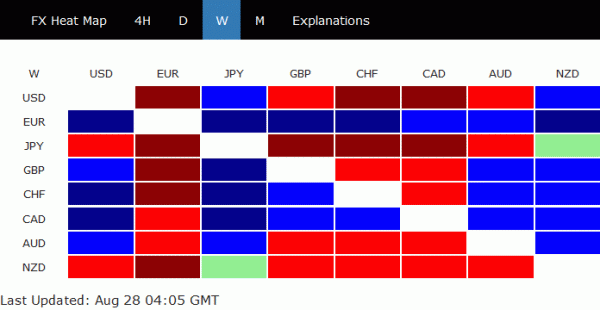




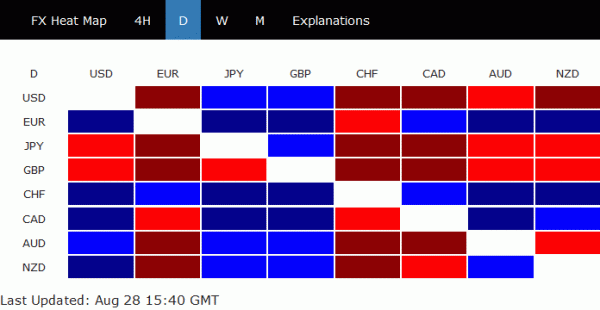
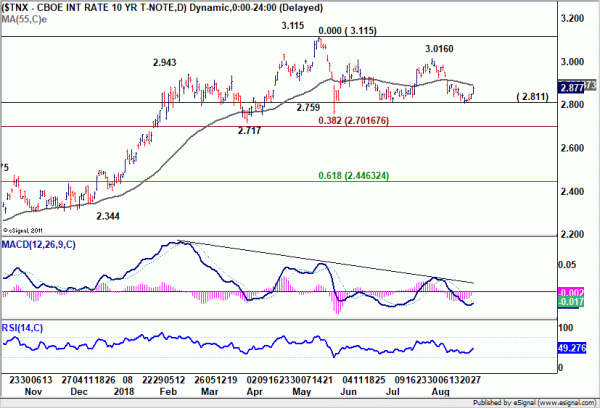
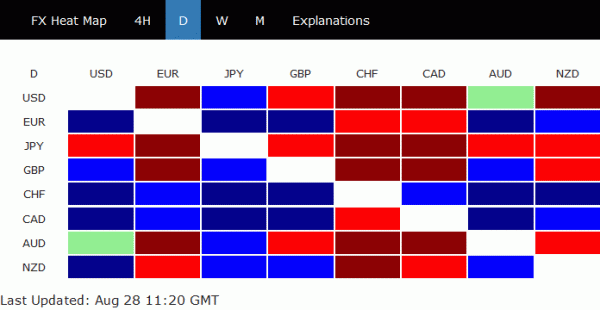
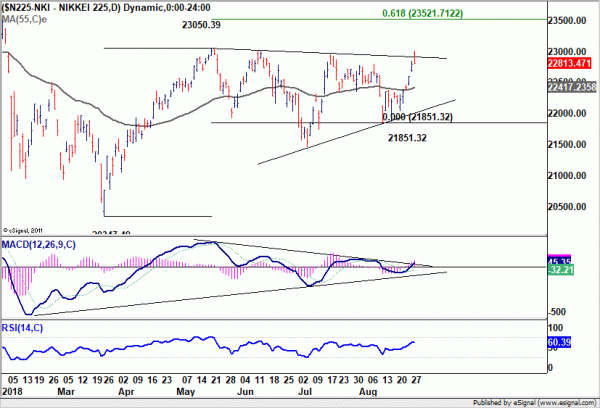
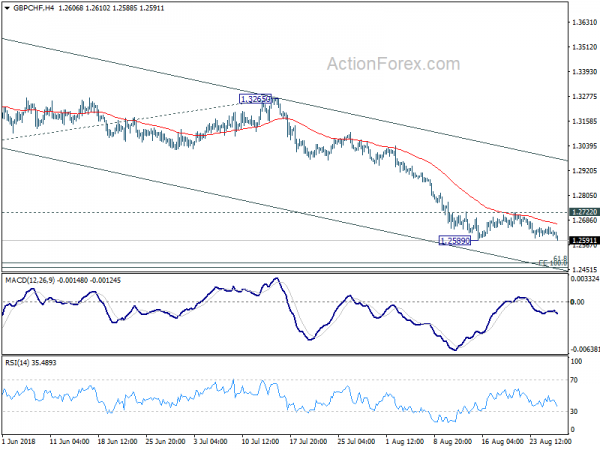
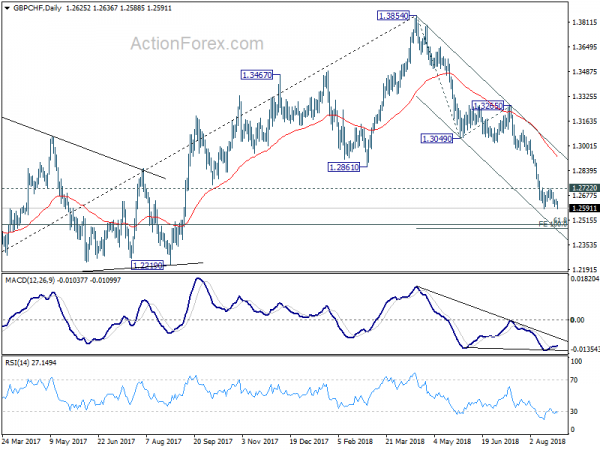
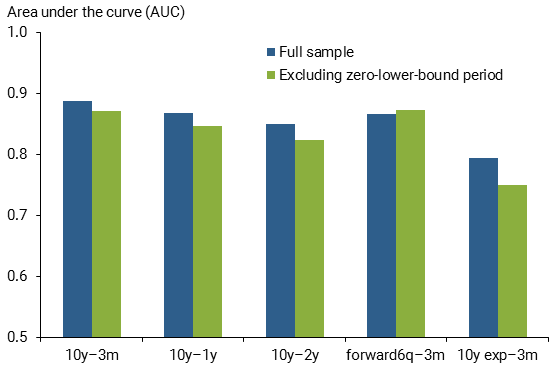
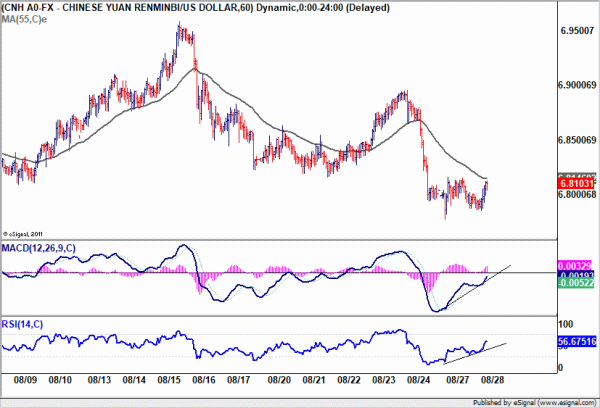

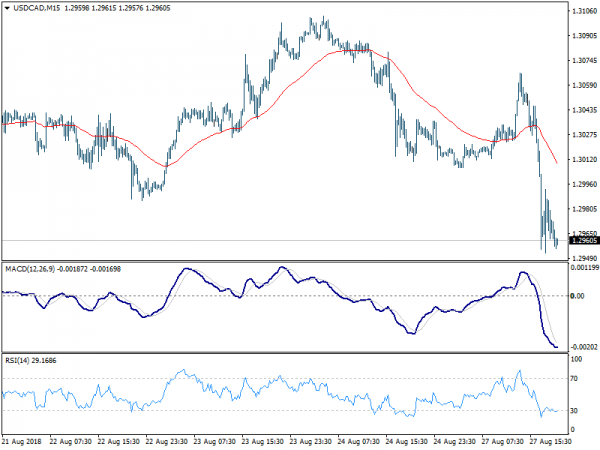

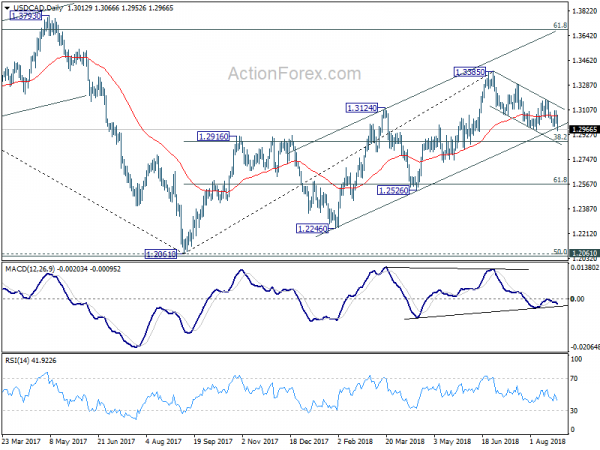
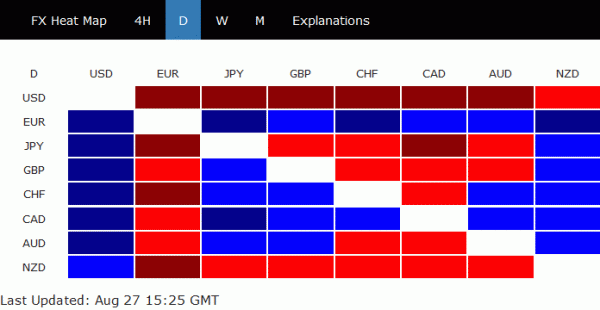
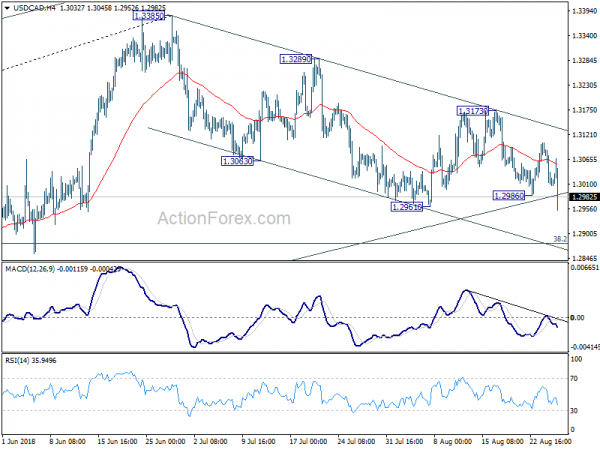
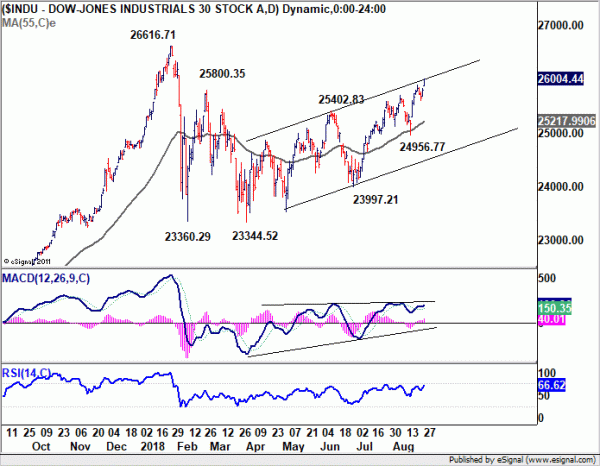
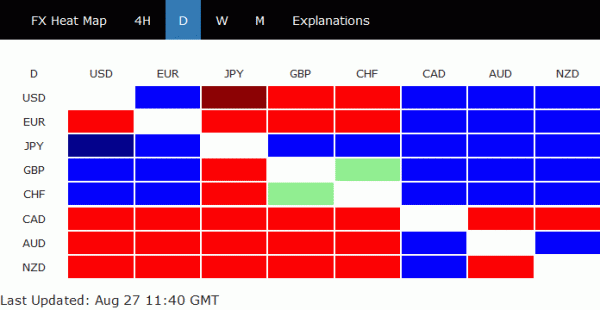
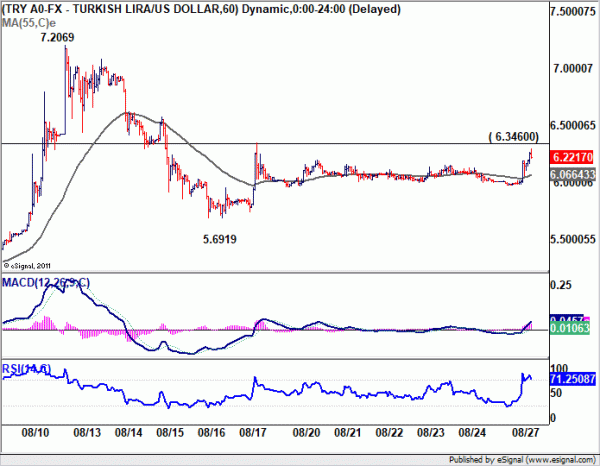

Gold lost momentum after hitting 1214.3, turns into near term consoldiation
Gold’s rebound lost momentum after hitting 1214.30 and retreated sharply. Nonetheless, it’s try to draw support from 4 hour 55 EMA. For now some consolidations would be seen below 1214.30 first. But downside of retreat should be contained above 1182.90 support to bring another rise.
Overall outlook is unchanged. 1160.26 is seen as a medium term bottom. The corrective rise from there should extend to 55 day EMA (now at 1228.18) and possibly above. But we’d expect upside to be limited by 38.2% retracement of 1365.25 to 1160.36 at 1238.62 to bring down trend resumption at a later stage.